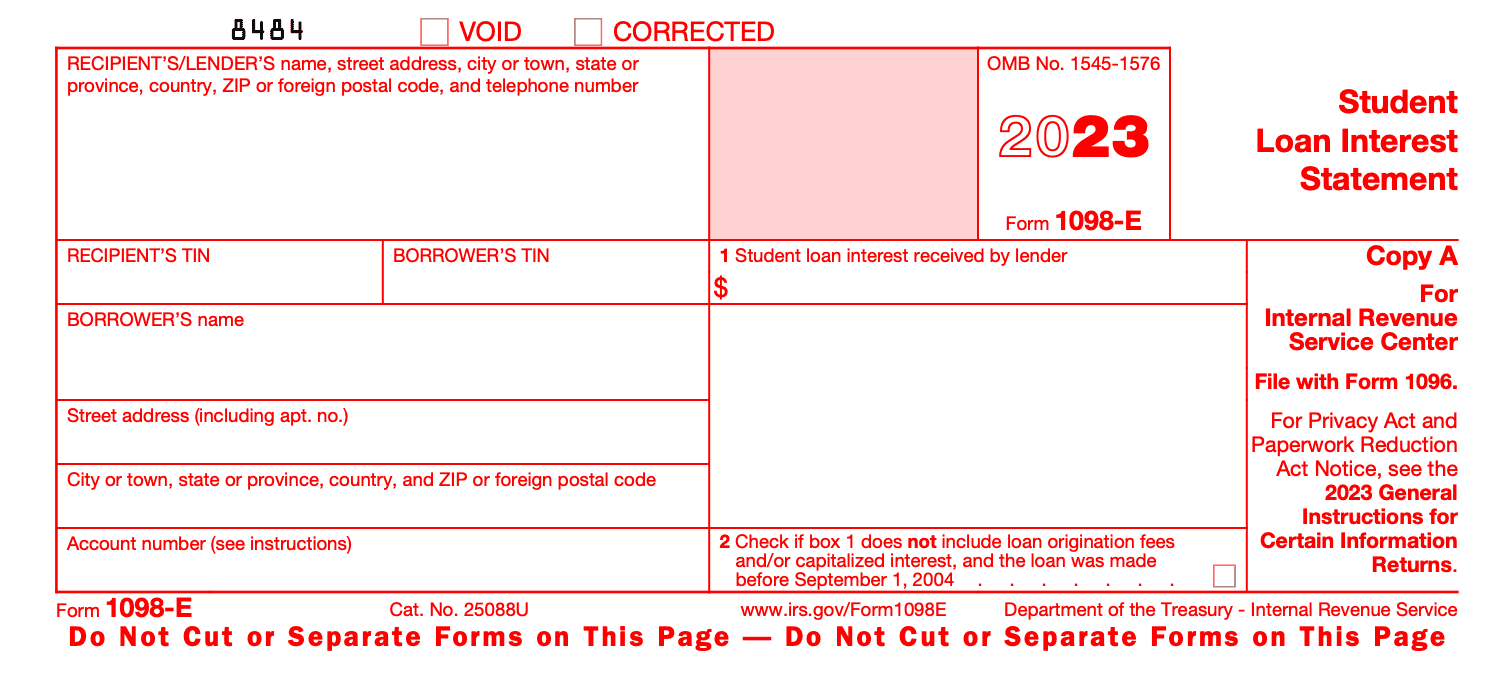- Glossary
- Operating Profit
Operating Profit
Operating profit is the total of a company's earnings from its core business operations for a given time period, before deducting interest and taxes. Also, it does not include any gains from auxiliary investments, such as earnings from other companies in which the corporation owns a stake. An operational loss happens when costs are higher than core business revenue.

Formula and Calculation of Operating Profit
Operating profit is calculated using the following formula:
Operating Profit = Gross Profit - (link: https://fincent.com/glossary/operating-expense text: Operating Expenses) - Depreciation - Amortization
Where:
Gross Profit is calculated as Revenue - Cost of Goods Sold (COGS)
Exclusions from Operating Income
Except for any things made specifically to be sold as part of the main company, revenue generated from the sale of assets is not included in the operational profit calculation. Also, interest on cash accounts like checking or money market accounts is excluded.
When calculating operating profit, it is permissible to exclude production expenses from total operating income together with any costs related to depreciation and amortization; however, the calculation does not take into account any debt obligations that must be paid. This is true even if fulfilling such responsibilities is crucial to the company's capacity to continue running its regular operations.
Even if the investment revenue is intimately connected to the fundamental business operations of the second firm, operating income does not include investment income obtained through a partial share in another company. The sale of assets like real estate and manufacturing machinery is also excluded because it is not a part of the company's main operations
Example of Operating Profit
During its fiscal year 2021, Walmart Inc. reported operating income of $22.6 billion. Net sales, membership fees, and other income contributed to $559.2 billion in total revenues. These profits came from sales made in all of Walmart's physical locations, including Sam's Club, as well as its online outlets.
Operating, selling, general, and administrative expenses (OSGAE) came to $116.3 billion and the cost of goods sold (COGS) to $420.3 billion, respectively.
What Does Operating Profit Determine?
Because it excludes any irrelevant factors from the computation, operating profit is a useful and reliable indicator of a company's health. Just costs required to keep the business operating are included in operating profit. This covers (link: https://fincent.com/blog/what-is-depreciation-types-formula-calculation-methods text: depreciation) and amortization connected to assets that come from a company's operations. Operational income is another name for operating profit.
Conclusion
- Operating profit is the net income derived from a company's primary, core business operations.
- Although interest and taxes are considered non-operating expenses, operating profit is frequently (incorrectly) referred to as earnings before interest and tax (EBIT).
- Non-operating income is included in EBIT but not operating profit.
- A number of unnecessary and indirect factors that can muddle a company's true performance are eliminated by operating profit.
- The operating profit margin demonstrates how effectively a business converts gross income into this sum.


